Not your typical travel entry. Most likely you won’t rush on Google Flights or Skyscanner after reading this. And it has nothing to do with the places themselves, for they were indeed glorious. Simply when you’re not fine inside you can’t really vibe with the outside world either.
PICO, 1/6/22-3/6/22
Home to the highest mountain in Portugal, the dormant volcano Mt Pico, which towers over the whole island and can be easily spotted from the other islands of “the triangle” (Faial and São Jorge), Pico, the geologically speaking youngest island of the archipelago, is famous for its vineyards, hikes and whale watching.
Colour: “grey island” because of the colour of Mt Pico, the abundant amount of dried lava and the stone walls that surround the vineyards.
first impression: as I crossed the small stretch of ocean that divides São Jorge from Pico and saw the mighty Mt Pico getting closer and closer, a pod of dolphins approached the bow of the ferry and put on a little show. At the same time, the golden hour dyed Mt Pico, which was very luckily not covered by any cloud, an ethereal hue of pink. So I suppose I could have not been greeted in a better way. Of course in that moment I couldn’t predict that this would have been my one and only chance to admire the dormant volcano with a complete clear sky.
days spent: 2
days recommended: 2 or 3, this time depending on the wish to hike up Mt Pico and to spend one night on its top.
how to go around: this island was a proper bummer as far as transports were concerned. After such a magical start, I swiftly had to come to terms with a bitter reality: the fact that, once again, there was no availability of cars for the whole month. I spent one hour walking around the outskirts of Madalena, hoping that a kind soul would give in to my unequivocal thumb up, massive backpack and worried expression. It didn’t happen. As the daylight started to fade out, I had to give in to a 20 euro taxi cab, which covered a 15 minutes ride to São Roque, the village on the central northern coast where my accommodation for the night was. On the following morning, after a few unsuccessful calls and a raising level of frustration, I followed the advice of my Faial based friend, Isabel (whom I’ll tell you more about later) and just started asking locals if they knew of anyone having an extra car. Locals proved indeed to be amazing and super helpful and, in a matter of 30 minutes, I went from feeling hopeless to driving around an illegally rented car. Dodgy maybe, especially if you think about the lack of insurance in case something would have gone wrong, but honestly, I couldn’t care less in that moment. There is no other way, if you don’t want to stick around your village, to explore the island. Buses cover limited routes and there are maybe a couple scheduled throughout the whole day.
Weather: sooo, I had a few lucky moments but mostly cloudy and grey, with an occasional drizzle to make sure my mood wouldn’t get too cheerful. Cloudy to the point that I barely managed to see Mt Pico again during my stay and I had to set aside the idea of hiking to its top.
luck factor: I can’t really say that I loved the time I spent in Pico. Yes, there were a few moments where I felt relieved and that made my trip there worth it, however, the predominant feelings were defeat and frustration. Starting with the above mentioned struggle to find myself a car or how unfriendly and cold the vibe at my accommodation (an old monastery turned into youth hostel) was, continuing with not spotting any whales on a whale watching tour or having to drop the plan to hike Mt Pico, and ending with the gigantic solitude I felt. I’ll give it a 4/10.
what to do:
- a whale watching tour in Lajes do Pico. Drive south to the quaint town of Lajes do Pico, a port with a laid back and traditional flavour. What use to be one of the primary whale hunting stations in the Azores, has transformed, since the last whale was killed in 1987, into the main hub for sustainable whale watching tours. There are several tours run by marine biologists, pick yours, wear your rain jacket, and get ready to deal with a sore bum (the choppy sea hitting the speedboat is unforgiving…) while, hopefully, coming across a few of the more than 20 species of cetaceans that inhabit these waters. I picked Espaço Talassa and, on a three hours tour, we were lucky enough to encounter three different species of dolphins and a shark. One of the species seemed to be completely fearless and behaved as if they enjoyed being at the centre of the attention. There is something so hypnotic and incredible about seeing a pod of dolphins elegantly chasing each other, jumping out of the water and splashing right back in at just a few metres of distance from you. I felt like a child at a playground and suddenly forgot about how heavy my shoulders felt. Unfortunately we didn’t encounter any whales, which apparently seems to happen very seldom. Part of the game while dealing with wildlife!
- Madalena. a lively port and biggest town in Pico, with cafes, restaurants and a very maritime kind of vibe. Most of the inter island ferries track here, resulting in a fairly big concentration of tourists which somehow help gifting Madalena with a strong holiday atmosphere.
- landscape of the Pico Island Vineyard Culture. surreal quiet UNESCO world heritage villages on the north-western coast of the island. Black lava rocks can be found literally everywhere, and they make a wonderful contrast with the green of the ubiquitous vines and the bright red of the doors, shutters and a few occasional windmills.
- driving along the EN3 road. after reading a lot about this scenic route that cuts through the island and leads from Madalena straight to the dormant volcano, I waited for the sky to clear up, picked some comforting tunes and took it slow on the wheel. The higher the altitude and the more the view on Pico and the other islands of the triangle becomes mind-blowing, until the point where you actually drive over the clouds, that somehow love to linger halfway through the mountain, and find yourself hit by the warmest sunshine. Throughout the few hours I spent exploring around I didn’t come across any other human. Which made the experience quite cathartic and healing.
- Mt Pico up close. no matter how you approach the volcano, being in its proximity and seeing some cotton candy clouds swiftly taking shapes and dancing around its peak, is a treat for the eyes. All around it, you’ll find either pastures with motionless cows blankly staring at you while incessantly ruminating or an interesting amount of swampy grounds and bizarre volcanic flora, mostly made of crooked bushes and lush lichens.
What I missed:
- Gruta das Torres. the largest lava tube in Europe, unfortunately, only accessible through bookings. Every time slot was already sold out as I tried my luck.
- hiking up Mt Pico. to my utter disappointment the weather was not on my side and the idea of hiking for 8 hours uphill in the misty clouds, with zero visibility, didn’t feel particularly appealing. I met fellow backpackers that did it on sunny days and had the chance to camp under a starry sky and wake up to most beautiful of dawns. They were legitimately blown away, to the point that they would pin Pico as one of their highlights.
Where to eat:
- Ancora (in São Roque). the younger sister of the very famous (and almost impossible to book) Cella Bar in Madalena. Fancy dining, local products, modern design. I got served by a slightly flirty waitress who got my order wrong and brought me two appetisers (grilled sourdough bread with pico cheese and salted butter and a fish soup with the catch of the day) and a main course made of the yummiest fish with rice and hummus. 100% worth the money.
- “a tasca o petisca” (in Madalena), a local favourite, slightly fast paced but everyone is really trying their best to be nice to you. I absolutely adored my 15 euro buffet with fried mackerel and battered octopus, beef tender stew, salads, veggies… you name it!
personal highlights: feeling on cloud nine and forgetting about all my worries as dolphins put on the most mesmerising show in and out of the water while on the whale watching tour. Smoking a cigarette in the moonlight by the harbour of São Roque while sitting on volcanic rocks and enjoying a moment where everything felt peaceful and still (the wind was not blowing for a change). Lastly, piercing through the clouds and making the most of the view of the peak of Mt Pico, while surrounded by nature only.
Feeling as I left: mine is a very unpopular opinion (especially in contrast with what most of the people I met on this journey said), but Pico has to be my least favourite island. I simply didn’t vibe with it since the very beginning, and things, with the exception of a few highlights, didn’t really brighten up. This is the point where, after a week of close to zero human interaction, I had to admit that the Azores (with the exception of São Miguel) are not really a destination for solo travellers. Most of the tourists are either couples in their early forties or groups of elderly French people. And neither of these categories are particularly interested in being social with strangers.
FAIAL, 3/6/22-7/6/22
Mostly known for its volcanoes and for being the rendezvous point for Atlantic-crossing sailors, Faial is the tiniest island of the central triangle.
Colour: “blue island” because of the deep connection of this island to the sea and its blue hydrangeas growing on the side of most roads.
first impression: Faial wasn’t originally included in my itinerary. However, I was lucky enough to be put in touch with Isabel, who lives on Faial, and she highly recommended me to stop over for a few days. After a 40 minutes ferry ride from Madalena (on Pico) to Horta, I spent another 40 minutes crossing the town from the ferry terminal to my accommodation in Porto Pim. Seafaring, charming and quaint, I immediately thought that it could be a good contender with Agra do Heroismo for the prettiest city in the Azores and I couldn’t help but notice how much it lived up to its reputation of sailors town.
Arriving in Faial felt also more relaxing than what I’ve experienced on the previous islands. Isabel, who sadly was flying back to Lisbon on those few days I was meant to spend there, arranged an accommodation for me (a cozy tiny flat by the ocean) and a car. I was honestly speechless for such kindness towards a stranger. She said people help each other here.
days spent: 5
days recommended: 3, I ended up spending there more time than I had originally planned mostly because of bad weather and flights being canceled.
how to go around: by car, as usual! I’m super glad I didn’t have to struggle to find one this time around.
Weather: it was honestly horrible. I had half a day of sun out of 5 days. And the saddest thing is that normally the weather is pretty mild here. I made the stupid mistake to do my laundry as I arrived on Friday night, as I left on Tuesday morning it was still soaking wet. I think I wore the same outfit for 5 consecutive days…
luck factor: well, tough here. On one hand I felt absolutely spoiled by having everything set up before my arrival. On the other I can’t deny that waking up to the foggiest, windiest and rainiest weather every single day played a very heavy role on my mood. I spent one day driving around in the thickest fog, not being able to see anything apart from the street, and another one simply watching Netflix in bed (I would normally NEVER do it, not even when I’m in Berlin) and having my spirits lifted by friends and family checking on me on the phone. The island was super pretty and worth seeing, which made me feel even more frustrated. On top of that, I was already not in the best place, emotionally-speaking, due to personal issues. So yeah, maybe a 4/10…
What to do:
- Horta. The mid-ocean meeting point for transatlantic sailors is drenched in maritime flavour which can easily be tasted as you stroll along its huge marina, where hundreds of jetty murals tell stories of sailors coming from all over the world. I fell very fast for it, and especially for the scenic horseshoe-shaped Porto Pim bay, with its cobblestone narrow alleys and colourful traditional houses on one side and the dramatic silhouette of Monte da Guia on the other.
- climb on top of Monte da Guia and marvel at the 360 degree view. Embracing and stretching from the inhabited part of Porto Pim, this hike, apart from helping you burn a notable amount of calories, will gift you with some spectacular views on Horta when you look towards the mainland and on the wild looking caldeira do Inferno on the open ocean end.
- Walk along the rim of the caldera. Doubtlessly the main reason why many tourists include Faial in their itinerary. I would really like to know though, how many of these people actually manage to take in the landmark’s jaw dropping beauty, since it is constantly wrapped in a thick layer of clouds. That must be the reason behind the SpotAzores App, an application where, through live cameras, you can check in real time the weather conditions around the major points of interest. On a mystical moment of luck, I drove all the way up to the caldera and found it completely clear. On cloud nine I started hiking around the 8 km loop on the caldera’s rim. Yes, you read well, 8 km! Imagine the size of it? I quitted my mission, as I realised that, 30 minutes into it, I still had the starting point right behind my shoulders. The view up there was just spectacular: on one side, the lush green and Jurassic Park-reminiscent inside of the dormant volcano, on the other, the whole view on Faial and Mt Pico’s popping through the clouds.
- let Capelinhos take your breath away. My absolute favourite spot on Faial, on its north western coast, this volcanic complex, the youngest in the Azores, is the result of a pretty brutal and unexpected eruption that lasted 13 months between 1957 and 1958 and forced the next-door villages to evacuate. A lunar landscape interrupted by the presence of resting seagulls, miming minuscule white dots on a black canvas, that I had the privilege to explore on my own and one of the few times where the misty stormy weather actually added up to how dramatic, powerful and immense this place already looked.
- discover the endemic species at the fairly underwhelming botanical garden. Definitely not a must, more the kind of place you kill some time at as you’re waiting for the clouds to clear up around one of the island’s landmarks. However, learning about the role of the seed bank in the attempt of preserving rare endemic flora and the herbs garden experience made up for the disappointment of the highly celebrated orchids greenhouse.
- zig zag through the dead man-o-wars on the eerie Praia do Fajã. Sheltered by impressive volcanic cliffs, a stretch of black sand with big lava rocks scattered all over. I saw it both on a moody cloudy day and on a rare moment of sunny weather (where I witnessed a dozen of hardcore locals stripping down and laying on the shore as I tiptoed in my winter outfit…). I bet in the high season (which obviously hadn’t started yet at the beginning of June) this is a perfect place to go for a swim. Or maybe not? I just remembered the thousands of man o wars cast ashore, which obviously hint at a high presence of these highly dangerous jellyfish species in the water. These pink and blue Pokemon (or condom?) lookalike are said to be able to send you straight to the hospital with an anaphylactic shock. Cute little bastards.
- chasing rainbows at farol dá Riberinha. an abandoned lighthouse on the eastern part of the island, left crumbling after an earthquake. I got there as I was chasing a spot (actually the only spot) of blue sky on the island (guess it became my main activity during those days…) and was greeted by an awesome rainbow, which somehow contrasted the hopeless disrepair of the half wrecked building.
Where to eat:
- Canto da doca. a modern boat-shaped restaurant, where you cook your own food on a hot volcanic rock. Cool idea, great food, way too much wine… definitely warmed me up on one of the coldest evenings of the whole trip.
- Padaria in Porto Pim. basically where I started most of my days. Good place for a coffee and some traditional bakery goods. I really liked how lively it was, how everybody seemed to know each other and how warm its atmosphere was in contrast with the unforgiving weather outside.
- taberna do Pim. tiny and cozy, right opposite to the too pricey for my backpacker pockets “Genuino”. Had some local beer and dined with a tomato and cheese soup, bread and fried calamari with garlic sauce.
- Peter Café Sport bar. when a place is so hyped and praised by literally everybody I tend to be a bit skeptical… however, as soon as I walked through the door, I just had to give in to its loud, cheerful and welcoming charm. Mostly trafficked by tipsy sailors on their Mid-Atlantic break, their (and mine) alcohol level is made worse and worse by their high quality, self distilled, gin. I mean 3 euro for one of the best gin tonics of your life, of course you will get yourself at least three or four (or more). Food is also insanely yummy: starting with their fish soup, garlic bread and mixed appetizers (including blood sausage, fried yam and pineapple) and ending with the most delicious tuna steak I’ve ever had. Last but not least I met Barbara, my unexpected forthcoming traveling buddy here. But you’ll hear more about her in the next chapter.
- gelados do atlantico. super creamy gelato, probably one of the best ones I’ve had lately (also true that I haven’t gone back to Italy in quite a while).
personal highlights: falling asleep cradled by the sound of the waves out of my window in the dimmed candle light. My strolls around Porto Pim, which really gave me a homely feeling and never ceased to take my breath away. Chasing a spot of blue in the sky and being suddenly surprised by the most beautiful rainbow. The gin-fuelled dinners at the loud and cheerful Peter Café Sport bar. Lastly, having the chance to explore the immensity of Campelinhos without a single soul around me. Had that Björk’s “state of emergency, how beautiful to be” stuck on repeat in my head.
Feeling as I left: I was relieved to be very fair. It was a point where I started to consider to shorten my trip to the Azores and fly back to Portugal to meet my friend Marcelo. I missed the sun and was really tired of being on my own. I also had to give up the plan to fly to Flores (an island of the western group) which was one of the main reasons I picked the Azores in the first place. All the flights got canceled due to bad weather conditions and it was anyway simply impossible to find availability for cars/accommodations. I really hoped that São Miguel, my next destination, would go a bit easier on me.
Canon EOS 300, Kodak Gold 200 (35)
Miranda Sensomat RE, Kodak Portra 400 (35)

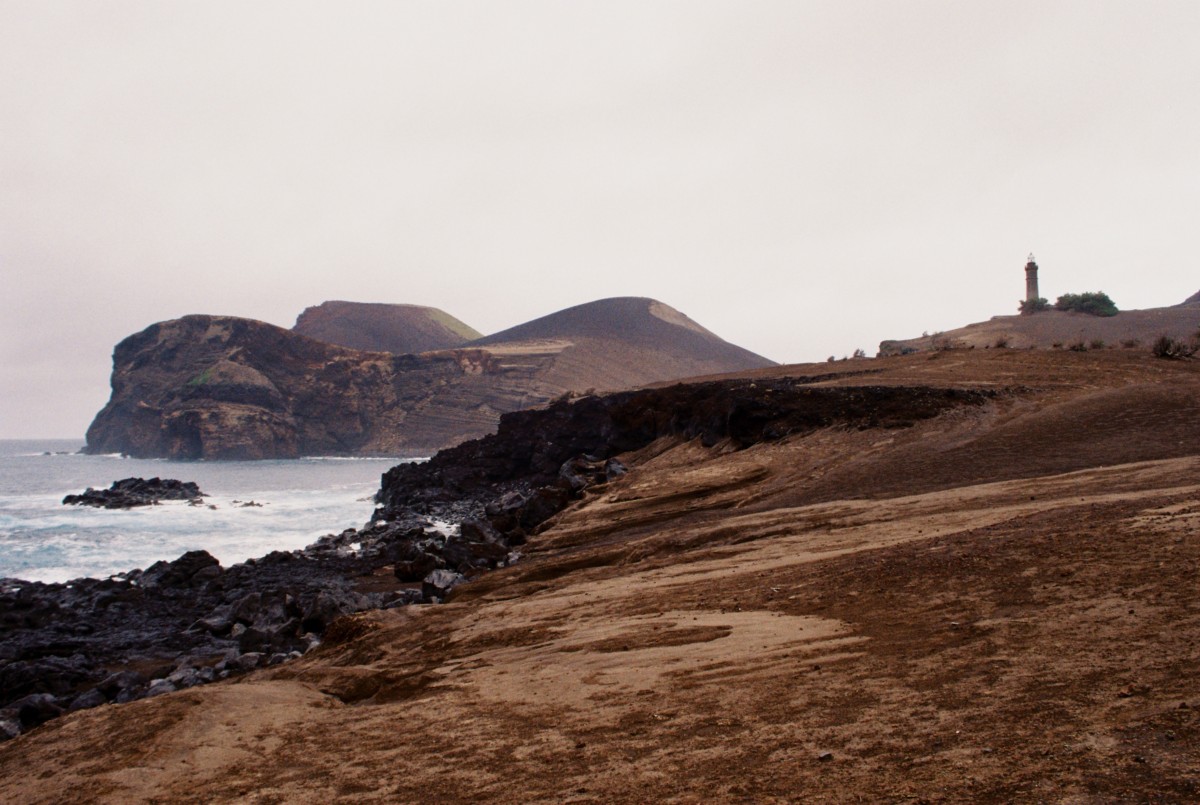
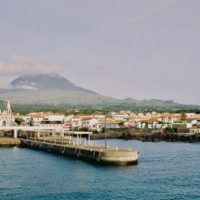
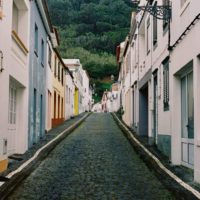


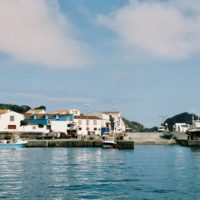
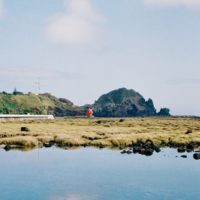
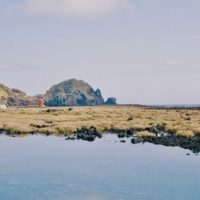

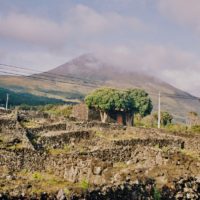
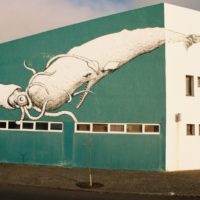
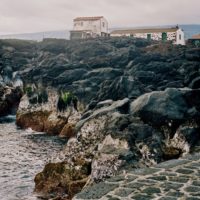

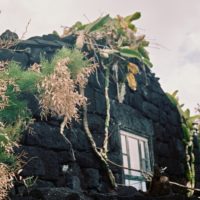
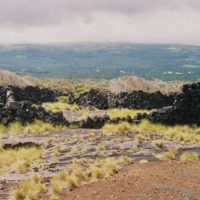
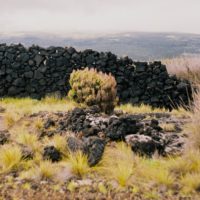
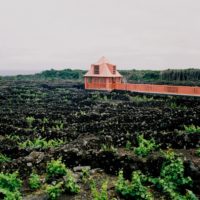
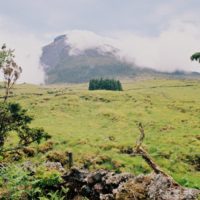
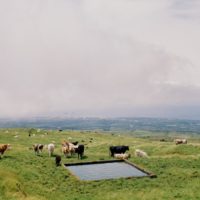
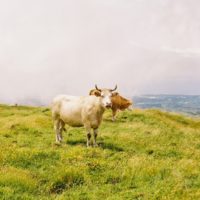
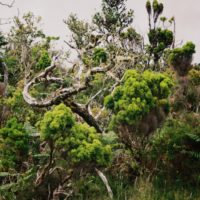

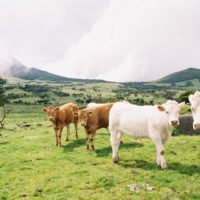
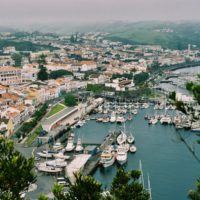
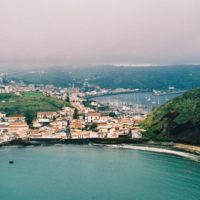
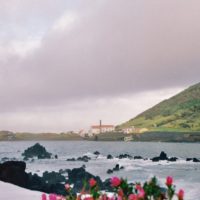

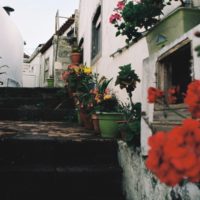
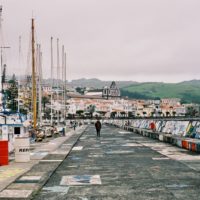
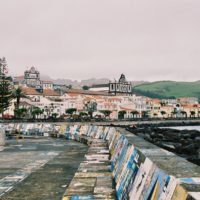
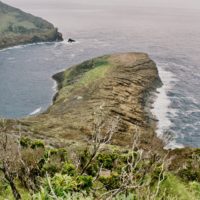

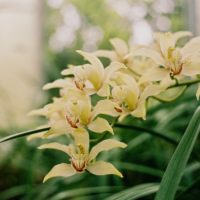
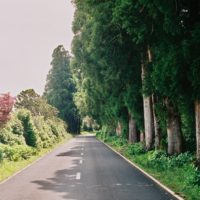
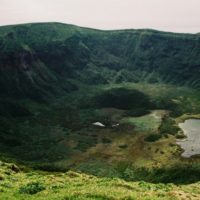
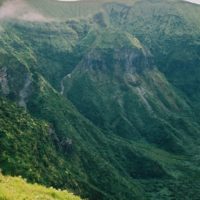
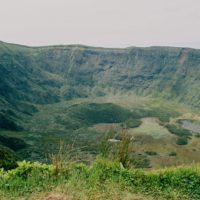
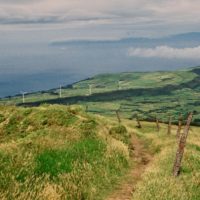
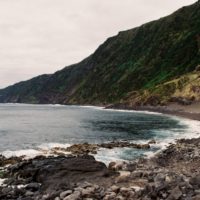

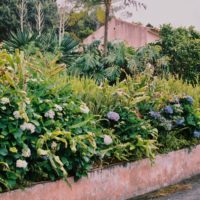
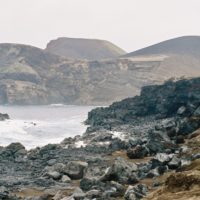
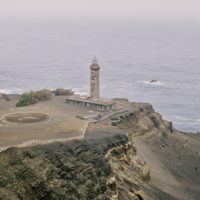
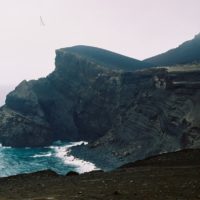

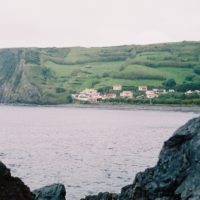




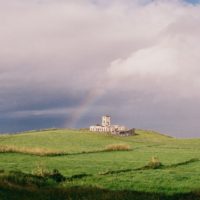






Leave a Reply